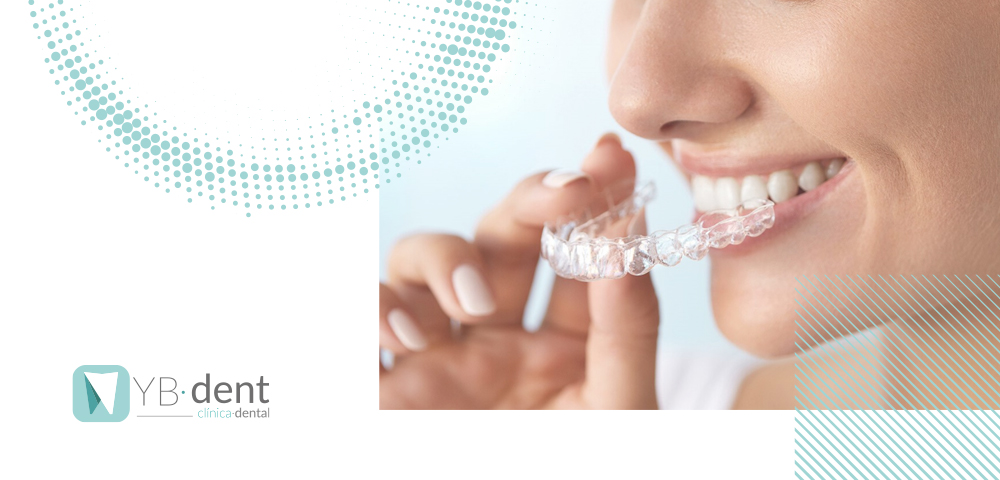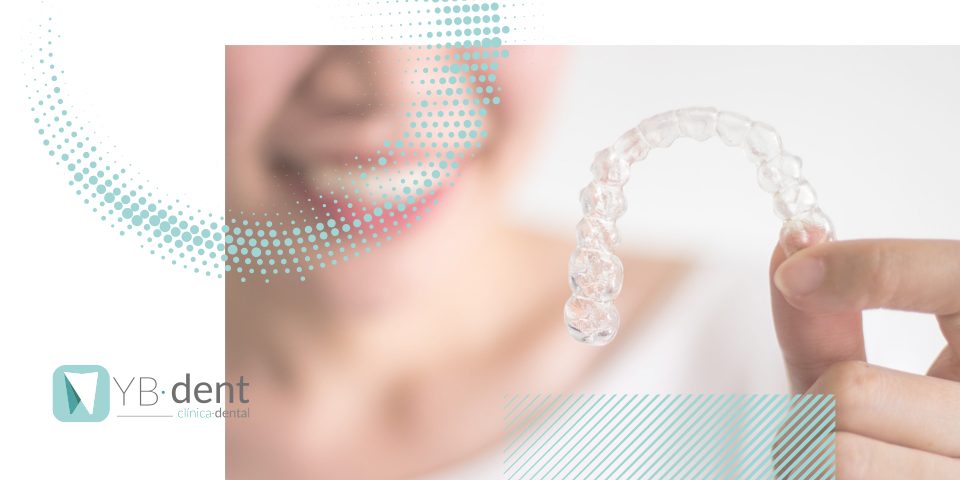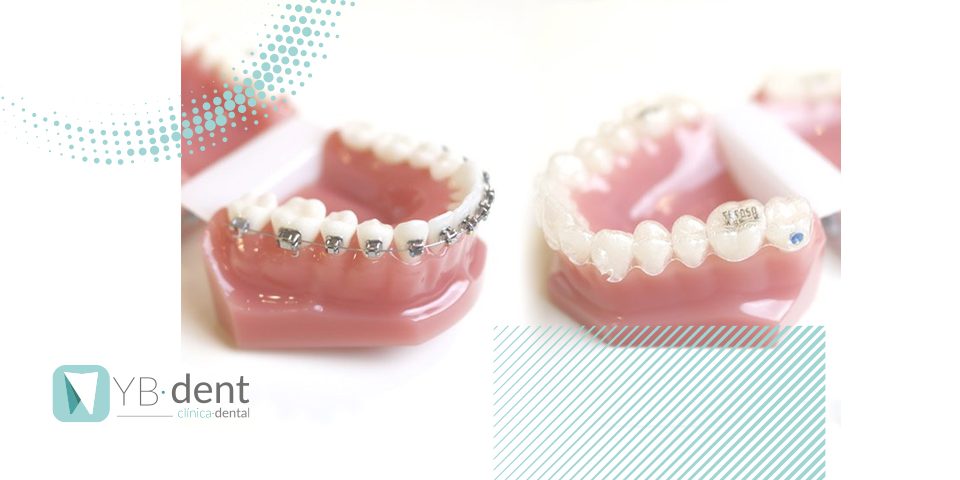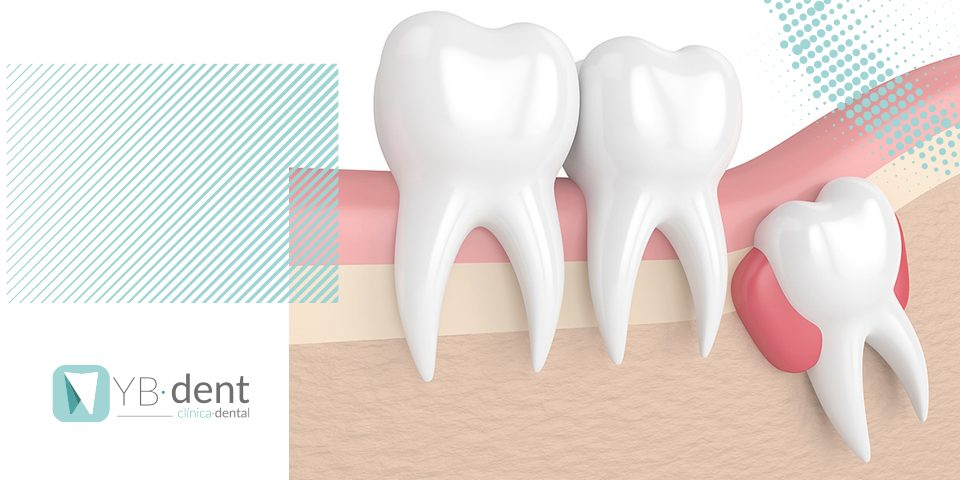Ortodoncia invisible en YB-dent

En los últimos años, la ortodoncia ha sido una de las técnicas más empleadas por los dentistas y es que alrededor del 25% de los adultos entre 35 y 45 años y el 10% de la población infantil necesitan corregir sus dientes. Es por ello que con la finalidad de poder disimular dicha técnica hemos ido viendo estos últimos años un aumento en el número de personas que pide la ortodoncia invisible.
¿Qué es la ortodoncia?
La ortodoncia es un tratamiento que sirve para solucionar y corregir problemas dentales, es decir, las maloclusiones y malposiciones dentarias que se han ido produciendo a lo largo de nuestra vida.
Su finalidad es conseguir una mordida sana, confortable, que no produzca dolores y, además, que sea estética. Aunque este último beneficio quede en un segundo plano para los profesionales, para muchos usuarios es una de las principales causas por las que recurren a la ortodoncia.
El bienestar de nuestra boca, entra dentro de la rama de salud física, es por ello que es tan importante tener una buena mordida que no nos genere daños ni problemas como:
- Enfermedades periodontales
- Caries dentales
- Migrañas y cefaleas causadas por las maloclusiones
- Dolor de la mandíbula con el movimiento de esta
- Fracturas y astillamientos de los dientes
- Desgaste dental a causa de una mala mordida
- Tensión y contracturas cervicales
- Necesidad de cirugía ortognática para modificar la posición de los huesos de la mandíbula
- Insuficiente higiene bucal debido a la dificultad de realizar el cepillado.
Todos estos trastornos y deterioros se pueden evitar o solucionar con la ortodoncia mediante la corrección de la mordida.
Beneficios de la ortodoncia en adultos
Muchas de las dolencias físicas que sufrimos pueden estar siendo provocadas por problemas bucales que ni siquiera relacionamos. Por ello, mantener nuestra boca sana genera numerosos beneficios:
- Resuelve problemas de la fonética. La alineación de los dientes son uno de los principales factores que influyen en el habla y en la comunicación. Si no encuentran su posición idónea pueden provocar silbidos y ceceos.
- Previene algunas enfermedades cardíacas. Las inflamaciones e infecciones bucales causadas por las malas alineaciones están relacionadas con el riesgo a sufrir algunas enfermedades cardíacas debido a las bacterias que se acumulan.
- Ayuda a mejorar el sueño y descanso. La presión en los dientes puede influenciar en nuestro sueño y descanso, incluso de forma inapreciable a la percepción humana, y causar bruxismo.
Aunque existen muchos tipos, la ortodoncia invisible es la más querida por los clientes. Esto no es simple casualidad, sino que este modelo presenta grandes ventajas frente a la ortodoncia de brackets convencional.
Ventajas de la ortodoncia invisible
Las principales ventajas que presenta la ortodoncia invisible son:
- No provoca heridas en la boca y tampoco molestias al hablar.
- Una máxima limpieza. Al ser extraíble te permite limpiarlo completamente, al igual que tus dientes cuando terminas cada comida. Es recomendable comer sin esta férula, por lo que su desgaste es menor.
- Un menor desgaste dental
- . Evita las malas mordidas que provocan el desgaste del esmalte.
- Una mejor estética. Este tratamiento es muy discreto y 100% estético, resulta casi imperceptible para los usuarios y se adapta por completo a la dentadura adoptando su forma y color. De ahí su nombre de ortodoncia invisible.
En primer lugar, cabe destacar que si realizamos las correspondientes visitas periódicas a nuestro dentista de confianza cada seis meses, este podrá detectar si tenemos algún problema por el que debemos acudir al ortodoncista.
Por otro lado, si notamos algún problema en nuestra mordida, desgaste del esmalte o desviaciones, deberemos consultar con estos profesionales para que valoren nuestro caso y nos puedan ofrecer una solución.
Es cierto que cuanto antes se detecten estos problemas menor tiempo de corrección necesitarán, se debe a que nuestros dientes también tienen memoria. Por ello se recomienda empezar lo antes posible con este tipo de tratamientos.
En YB- Dent contamos con expertos ortodoncistas que valoran con profesionalidad e individualidad cada caso para que el paciente cuente con el tratamiento más personalizado y adecuado.



